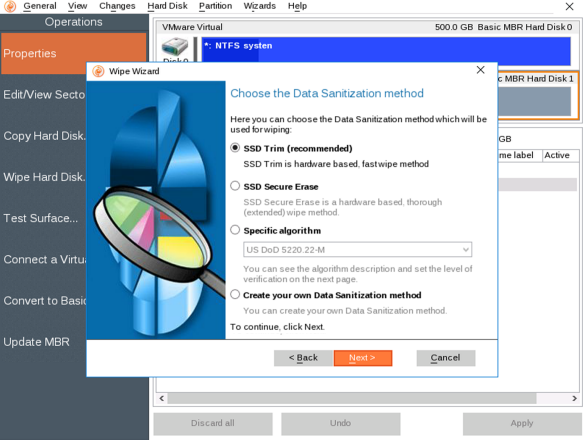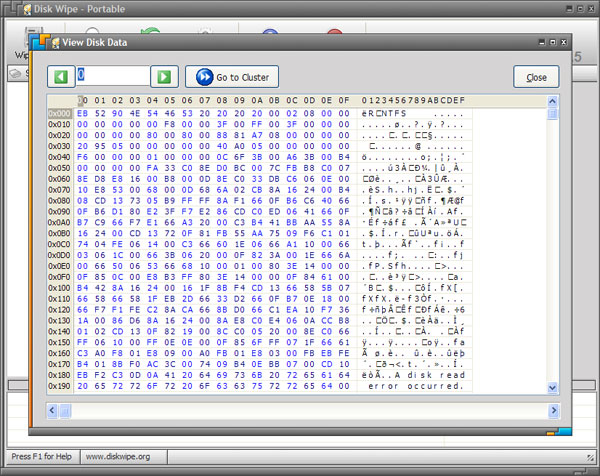

If you want to quickly wipe everything from the disk, /dev/zero or simple patterns allow maximum performance while adequate randomness can be advantageous in some cases that should be covered up in #Data remanence.Įvery overwritten bit means to provide a level of data erasure not allowing recovery with normal system functions (like standard ATA/SCSI commands) and hardware interfaces. There may be (unencrypted) data left on the device and you want to protect against simple forensic investigation that is mere child's play with for example File recovery software. The most common usecase for completely and irrevocably wiping a device is when the device is going to be given away or sold. Common use cases Wipe all data left on the device
:max_bytes(150000):strip_icc()/001D-format-mac-drives-using-disk-utility-2260076-27bfffc234f54497850276011dc062fc.jpg)

Tip: References to "disks" in this article also apply to loopback devices.


 0 kommentar(er)
0 kommentar(er)
